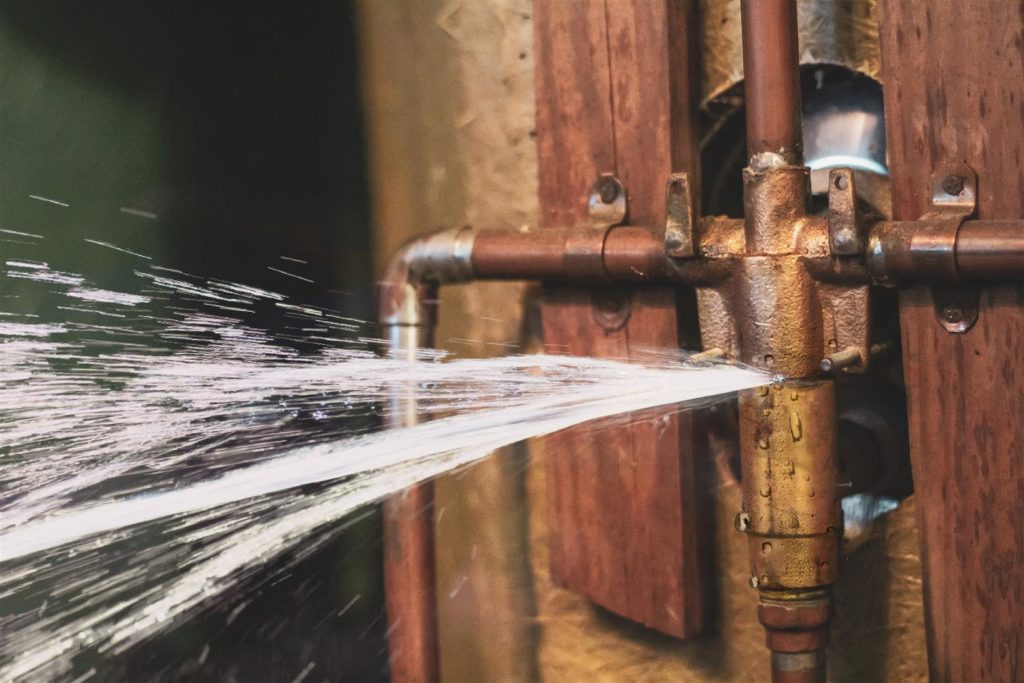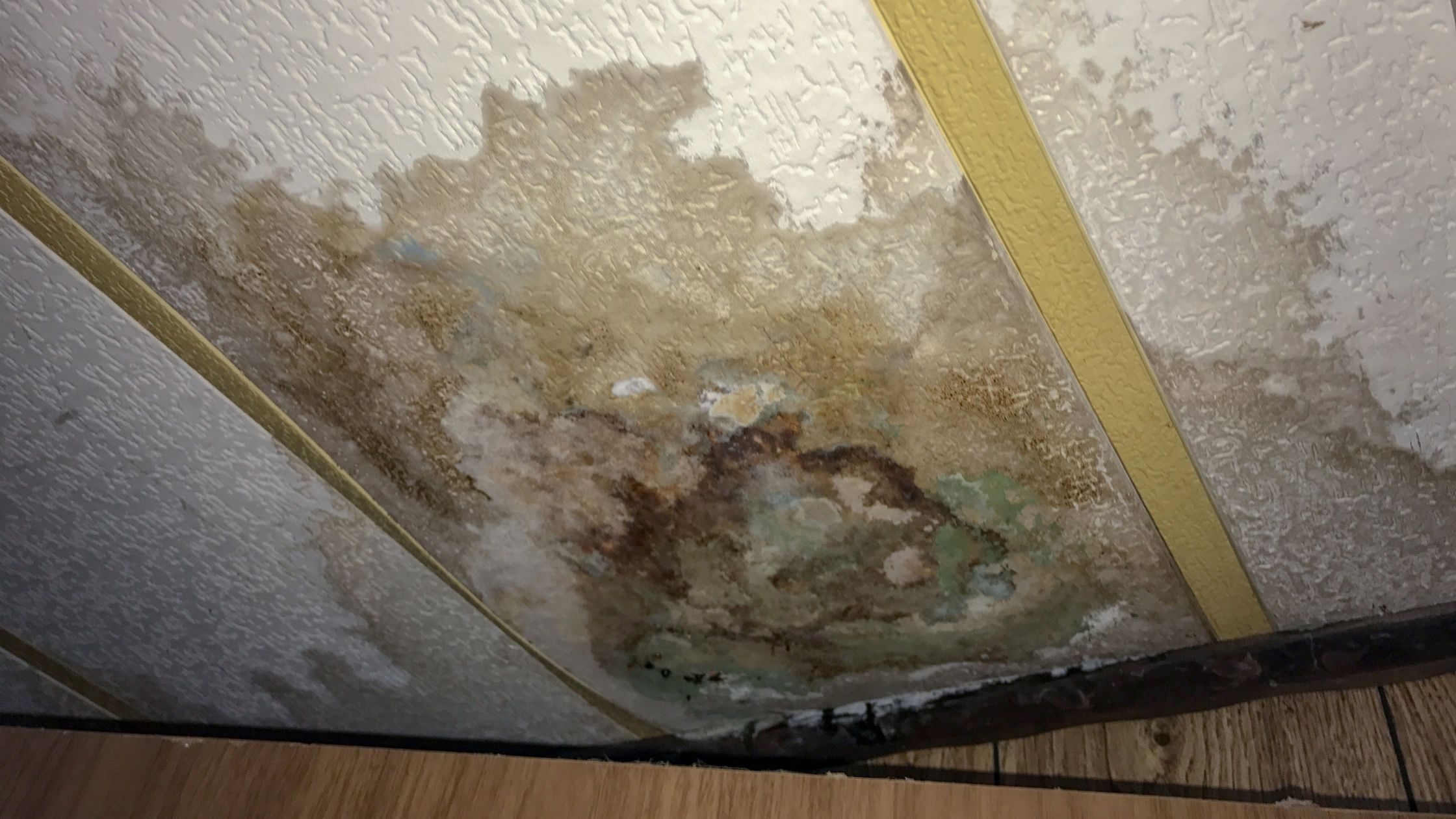Typical Causes of Water Damage in a Bathroom
Typical Causes of Water Damage in a Bathroom
Blog Article
They are making a few great annotation regarding How to Repair and Prevent Bathroom Water Damage? overall in this post which follows.

Water damage usually happens in the bathroom due to the water utilized day-to-day. Occasionally, the damages could be a little mold from the shower. Other times, it's huge damage on your floor. Whatever it is, it is constantly great to understand the reason and also stop it prior to it happens.
This guide will go through some of the common reasons for water damage in the restroom. We will likewise analyze what you can do to avoid these reasons from harming your shower room. Allow's dive in.
These are the typical factors you would certainly have water damage in your shower rooms and also exactly how you can identify them:
Excess Dampness
It's great to have that lengthy shower and also sprinkle water while you hem and haw as well as act like you're performing, but occasionally these acts can create water damage to your shower room.
Sprinkling water around can cause water to go to edges and also develop molds. Watch how you spread out excess dampness around, as well as when you do it, clean it up to prevent damage.
Splits in your wall surface ceramic tiles
Washroom wall surface ceramic tiles have been specially made for that function. They safeguard the wall from dampness from individuals taking showers. Nevertheless, they are not indestructible.
Occasionally, your shower room wall tiles split as well as allow some dampness to leak into the wall surface. This might potentially damage the wall surface if you don't take any kind of activity. If you discover a split on your wall surface tiles, repair it right away. Don't wait till it ruins your wall.
Overruning toilets and also sinks
As people, sometimes we make blunders that might create some water damage in the shower room. For example, leaving your sink faucet on could create overflowing and also damage to various other parts of the shower room with moisture.
Additionally, a defective commode might create overflowing. As an example, a damaged commode deal with or various other parts of the cistern. When this takes place, it might harm the floor.
As quickly as you discover an overruning sink or toilet, call a plumbing professional to help manage it instantly.
Ruptured or Leaking Pipes
There are several pipelines carrying water to different parts of your washroom. Some pipes take water to the commode, the sink, the taps, the shower, as well as several other locations. They crisscross the tiny area of the washroom.
From time to time, these pipelines can get rustic and burst. Various other times, human activity could trigger them to leakage. When this happens, you'll discover water in the edges of your bathroom or on the wall.
To identify this, look out for bubbling wall surfaces, mold and mildews, or mold. Call a specialist emergency plumbing technician to fix this when it occurs.
Roof covering Leaks
In some cases, the trouble of water damage to the bathroom may not originate from the bathroom. For instance, a roof covering leak might trigger damages to the bathroom ceiling. You can find the damages done by looking at the water stains on the ceiling.
If you discover water discolorations on your ceiling, check the roofing system to see if it's harmed. After that, call a specialist to help resolve the problem.
Verdict
Water damage to your bathroom can be bothersome. Nevertheless, you can manage it if you protect against some of the causes discussed in this guide. Call an expert emergency situation plumber if you notice any serious damages.
How to Prevent Water Damage in Your Bathroom?
Water damage repair is an expensive, meticulous, and lengthy process. Unfortunately, bathrooms are the most susceptible rooms to water damage due to toilets, showers, and sinks. Pipes and fixtures wear out over time and are not immune to damage. But all is not lost, as there are ways to prevent water damage from occurring in your bathroom.
Check Your Plumbing
Nothing lasts forever, especially pipes, which can rust and begin leaking over time. You should periodically conduct pipe inspections and pay attention for any musty smells or water stains that may indicate you need water damage repair. Here are some things to check:
Frequently test valves for your toilet, shower, and sink to ensure they are properly working. Check faucet supply lines hidden under vanities and replace when needed. Replace cracked or deteriorating caulking along sinks, tubs, and showers. If you notice a clog in your sink, call in a professional. Since you can’t check the pipes in the wall, keep an eye out for stains, drywall bubbling, musty smells, and excess moisture; if the bathroom is on a second level, check the ceiling of the room directly below for these signs. Don’t Overwork Your Toilet
One of the most common reasons bathrooms need water damage repair is due to overflowing toilets. Save yourself the hassle of cleanup by being mindful and not pushing your toilet to extreme limits. If you have young children, it is especially important to keep an eye on them when they are in the bathroom and to teach them how to avoid clogging the toilet. Here are some more tips to help prevent your toilet from overflowing:
If you have a septic tank, only use septic-safe toilet paper Do not flush anything down the toilet besides toilet paper; items like diapers and sanitary napkins will clog the piping Pay attention to your toilet’s water level: If it’s low, it could mean it is partially clogged or that there is a crack in the toilet bowl https://www.alure.com/home-improvements-blog/resources/how-to-prevent-water-damage-in-your-bathroom

I discovered that blog post on How to Repair and Prevent Bathroom Water Damage? when scouting around the web. Are you aware of another individual who is excited about the topic? Please feel free to share it. Thanks so much for your time spent reading it.
This Resource Report this page